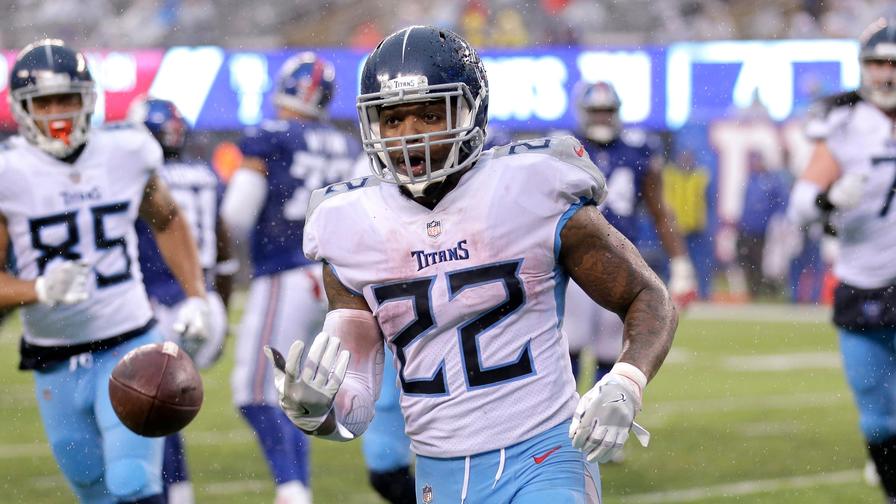5 Running Backs Who Drastically Outperformed Their Teammates in 2018

The Los Angeles Rams taught us a lot of things this year. They taught us the value of quarterbacks on rookie contracts, trading draft picks for known commodities, and -- once again -- that you don't bet against Bill Belichick.
But more importantly, they taught us how difficult it is to evaluate running backs based on their stats.
For the first half of the season, Todd Gurley looked like a legit MVP candidate, averaging 143.9 yards from scrimmage per game with 15 total touchdowns. The guy was unstoppable.
Then he got Wally Pipp'd by C.J. Anderson.
Anderson's success didn't mean that Gurley was untalented or fully replaceable; rather, it showed that Gurley's rushing metrics were at least in part thanks to the situation around him.
If we don't account for a running back's situation -- whether good or bad -- we're going to swing and miss in our evaluations. So much of what they do is dependent on the offensive line and other pieces around them that just looking at their metrics in a vacuum tells us nothing.
One way to factor this in is by looking at what the running backs did and comparing it to their teammates. This will at least help account for the offensive line and scheme portion of things. We still have to factor in how often each player ran into an eight-man box, which could absolutely differ even for teammates (see: Royce Freeman and Phillip Lindsay). But for the most part, comparing one teammate to another will give us a decent idea of who the more talented back is.
The reason this matters for fantasy football is that talent will -- at least sometimes -- win out. If one player is clearly performing better than another, it's entirely possible their snap rate and market share will increase in 2019. If they get additional volume, their fantasy value goes up, making it crucial for us to take a peep at who crushed it when accounting for their situation.
To do this, we'll be leaning on numberFire's Net Expected Points (NEP), the metric used to measure the expected points added or subtracted on each play throughout the year. For running backs, we'll be focusing on their Rushing NEP per carry -- just the expected points added on a per-carry basis -- and Rushing Success Rate, the percentage of carries that increase the team's expected points for the drive.
Once we account for the situation around them, which running backs stood out in 2018, and what does it mean going forward? Let's check it out.
















